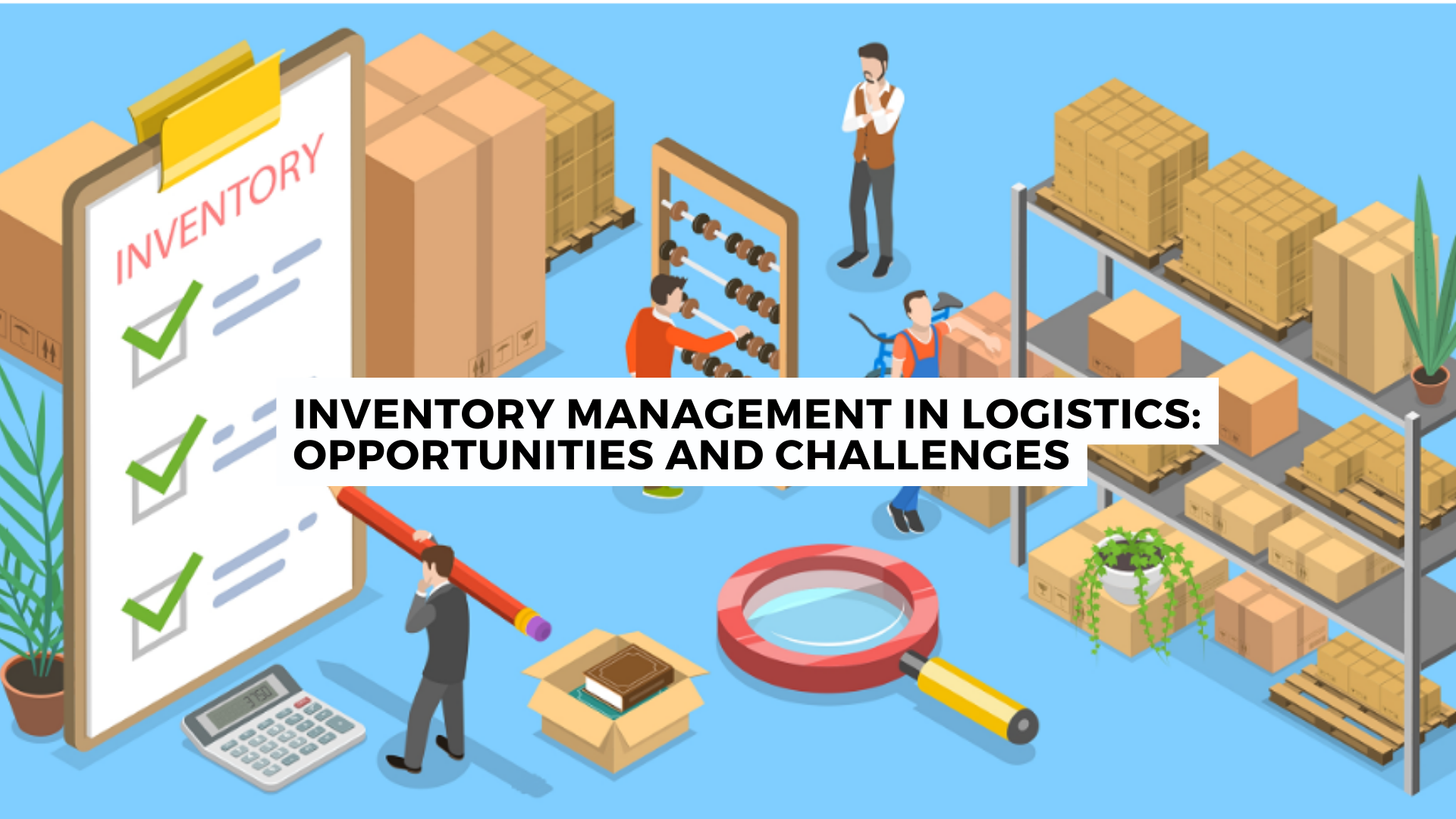From warehouses to distribution centers, the ability to maintain optimal inventory levels while minimizing costs is a perpetual challenge. In this blog, we’ll explore the opportunities and challenges inherent in inventory management within the logistics industry.
Opportunities:
- Enhanced Efficiency: Leveraging advanced inventory management systems and technologies can significantly enhance operational efficiency. Automated inventory tracking, RFID technology, and real-time data analytics empower logistics managers to monitor stock levels, track inventory movement, and make informed decisions swiftly.
- Improved Customer Satisfaction: Efficient inventory management directly impacts customer satisfaction levels. By ensuring that products are readily available when needed, logistics companies can meet customer demands promptly, reduce lead times, and enhance overall service quality.
- Cost Optimization: Effective inventory management enables logistics companies to optimize costs across the supply chain. By minimizing excess inventory, reducing carrying costs, and streamlining order fulfillment processes, businesses can achieve significant savings and improve profitability.
- Strategic Insights: Comprehensive inventory data provides valuable insights into demand patterns, market trends, and supplier performance. By analyzing this data, logistics managers can make informed decisions regarding inventory replenishment, SKU rationalization, and supply chain optimization, thereby gaining a competitive edge in the market.
Challenges:
- Demand Variability: Fluctuations in demand pose a significant challenge for inventory management in logistics. Seasonal demand, market trends, and unforeseen events can lead to demand volatility, making it challenging to maintain optimal inventory levels without risking stockouts or excess inventory.
- Supply Chain Complexity: The modern supply chain is inherently complex, with multiple stakeholders involved in the procurement, production, and distribution processes. Coordinating inventory management across various locations, suppliers, and transportation modes requires robust communication channels and seamless integration of systems.
- Inventory Visibility: Limited visibility into inventory across the supply chain can hinder effective inventory management efforts. Siloed systems, manual processes, and disparate data sources make it difficult for logistics managers to gain real-time visibility into inventory levels, leading to inefficiencies and suboptimal decision-making.
- Risk of Obsolescence and Shrinkage: Managing the risk of obsolescence and shrinkage is a constant concern for logistics companies. Slow-moving inventory, expiration of perishable goods, and theft or damage during transit can lead to inventory write-offs and financial losses if not addressed proactively.
Conclusion:
Inventory management lies at the heart of logistics operations, presenting both opportunities and challenges for businesses in the industry. By embracing advanced technologies, optimizing processes, and fostering collaboration across the supply chain, logistics companies can overcome challenges and unlock the full potential of effective inventory management. Ultimately, the ability to maintain optimal inventory levels while meeting customer demands efficiently will determine the success of logistics operations in today’s dynamic marketplace.









